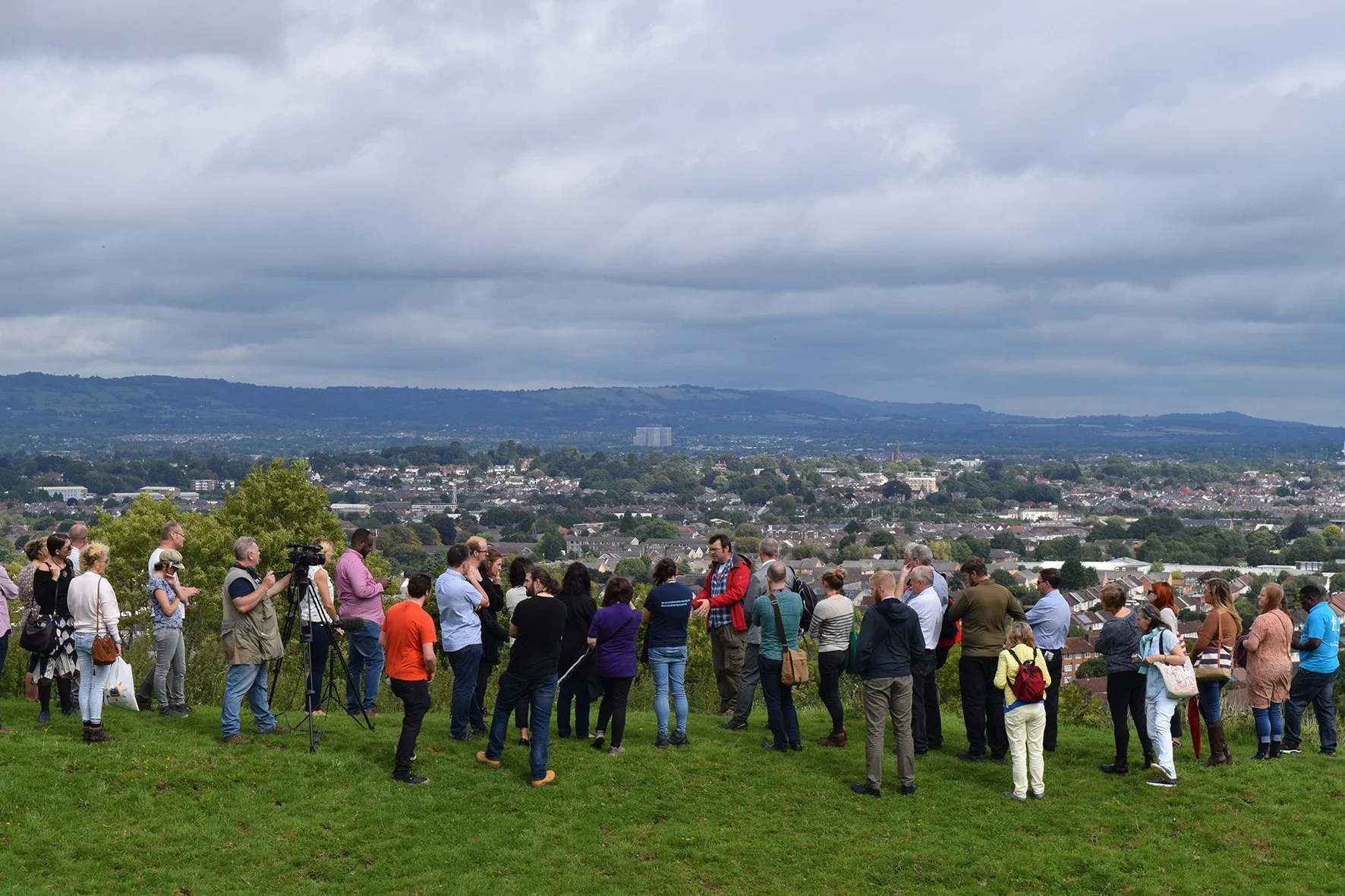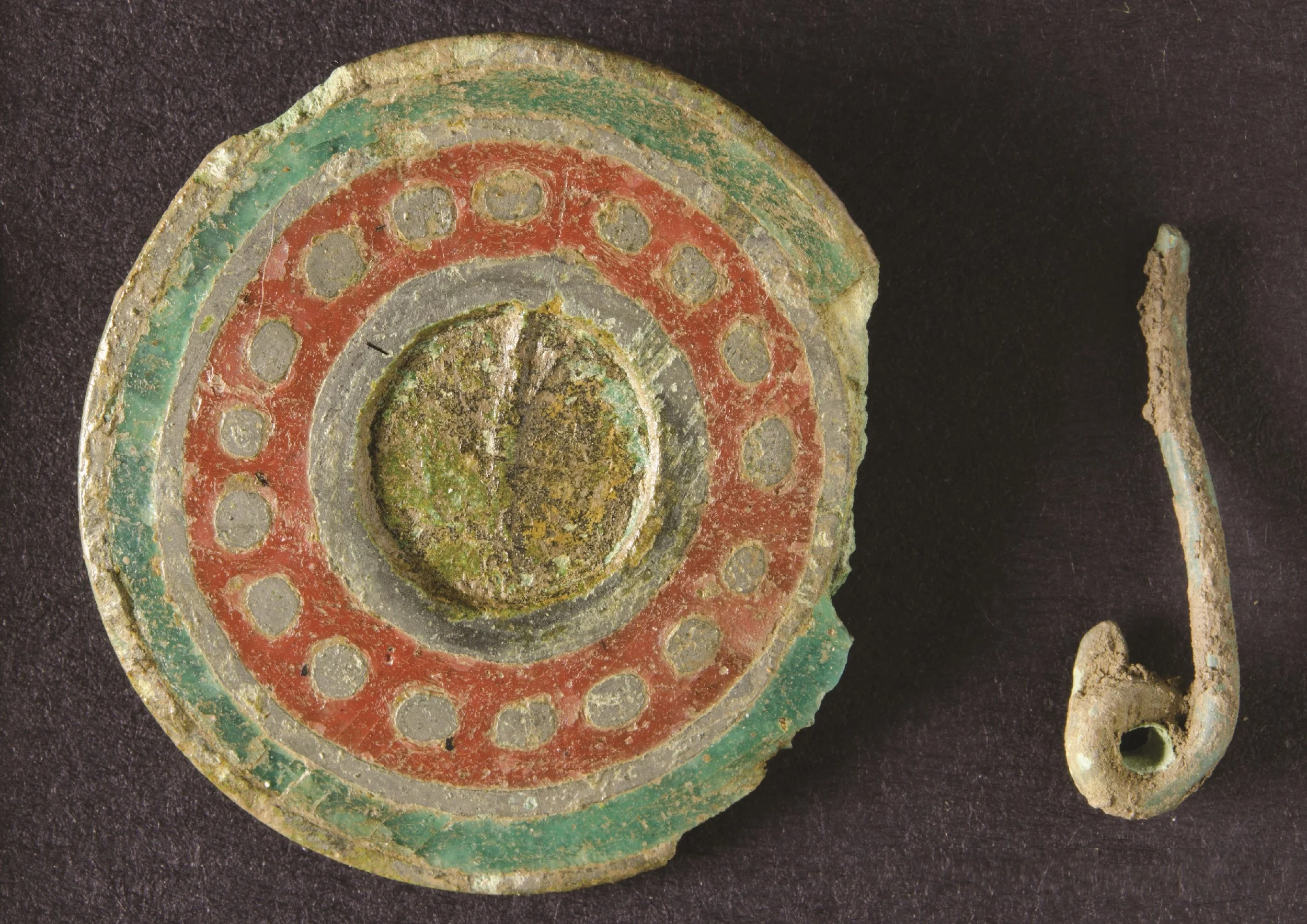The Six Ages of Caerau
Caerau Hillfort is today hidden beneath trees and farmland, but it is a monument of national importance that encapsulates over 6,000 years of history. From a Neolithic causewayed enclosure to an impressive Iron Age hillfort; from a medieval castle and church to a modern story of farming, festivities and archaeological discovery, this is the story of Wales told through a single site. Let us take you on a time-travelling journey through ‘The Six Ages of Caerau’ so you can come and discover how its communities have been created and shaped from prehistory to the present.
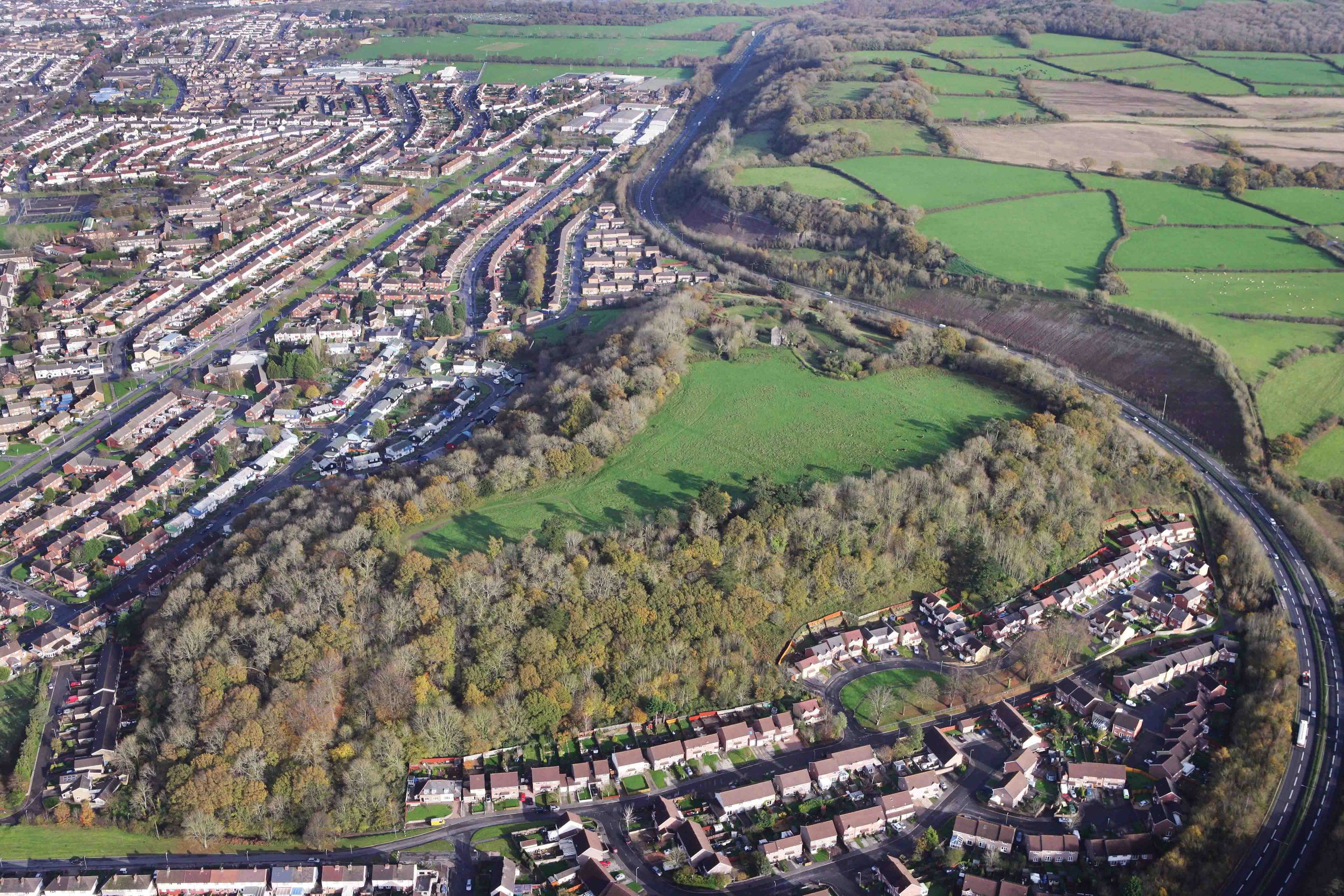
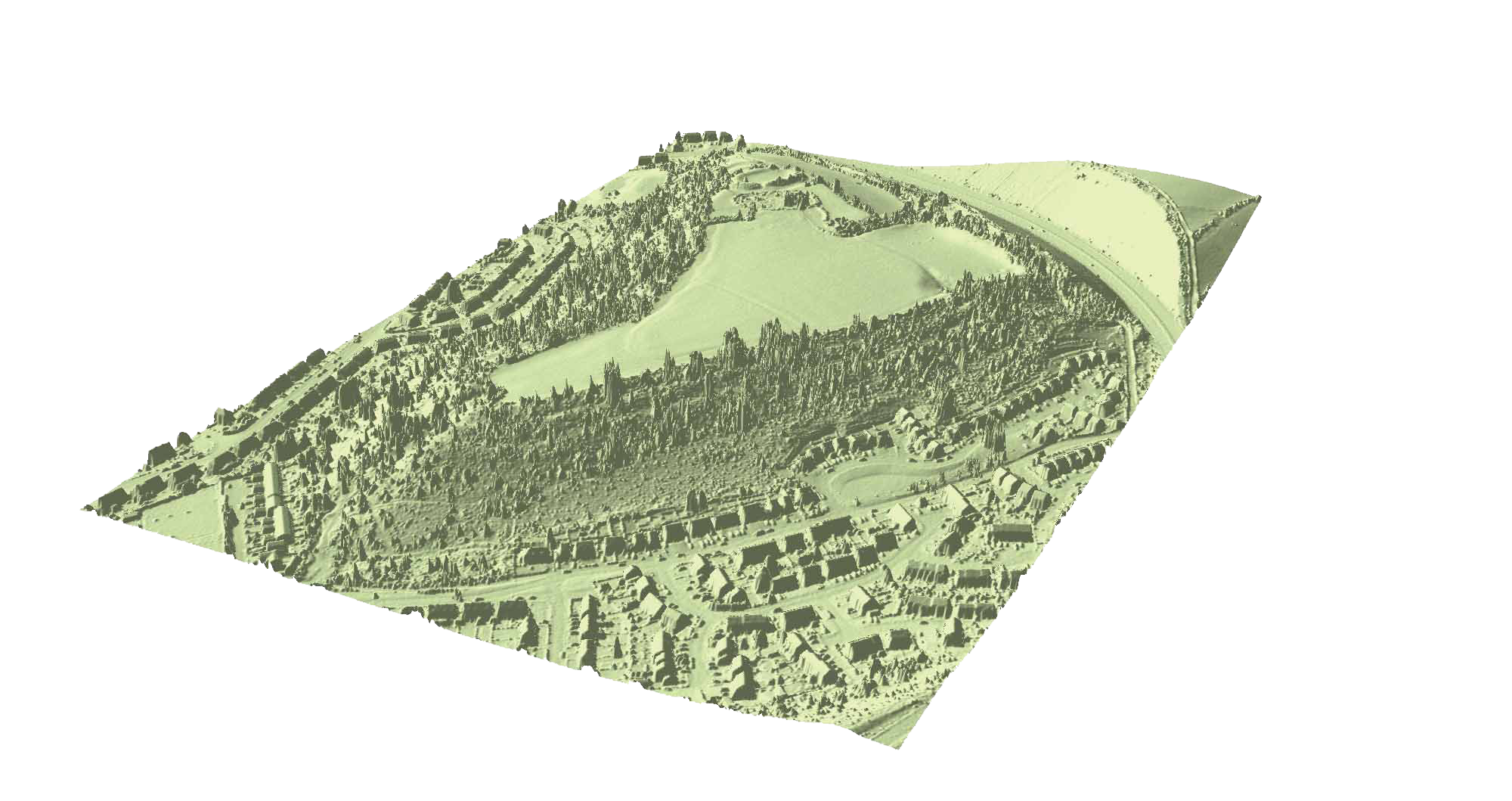
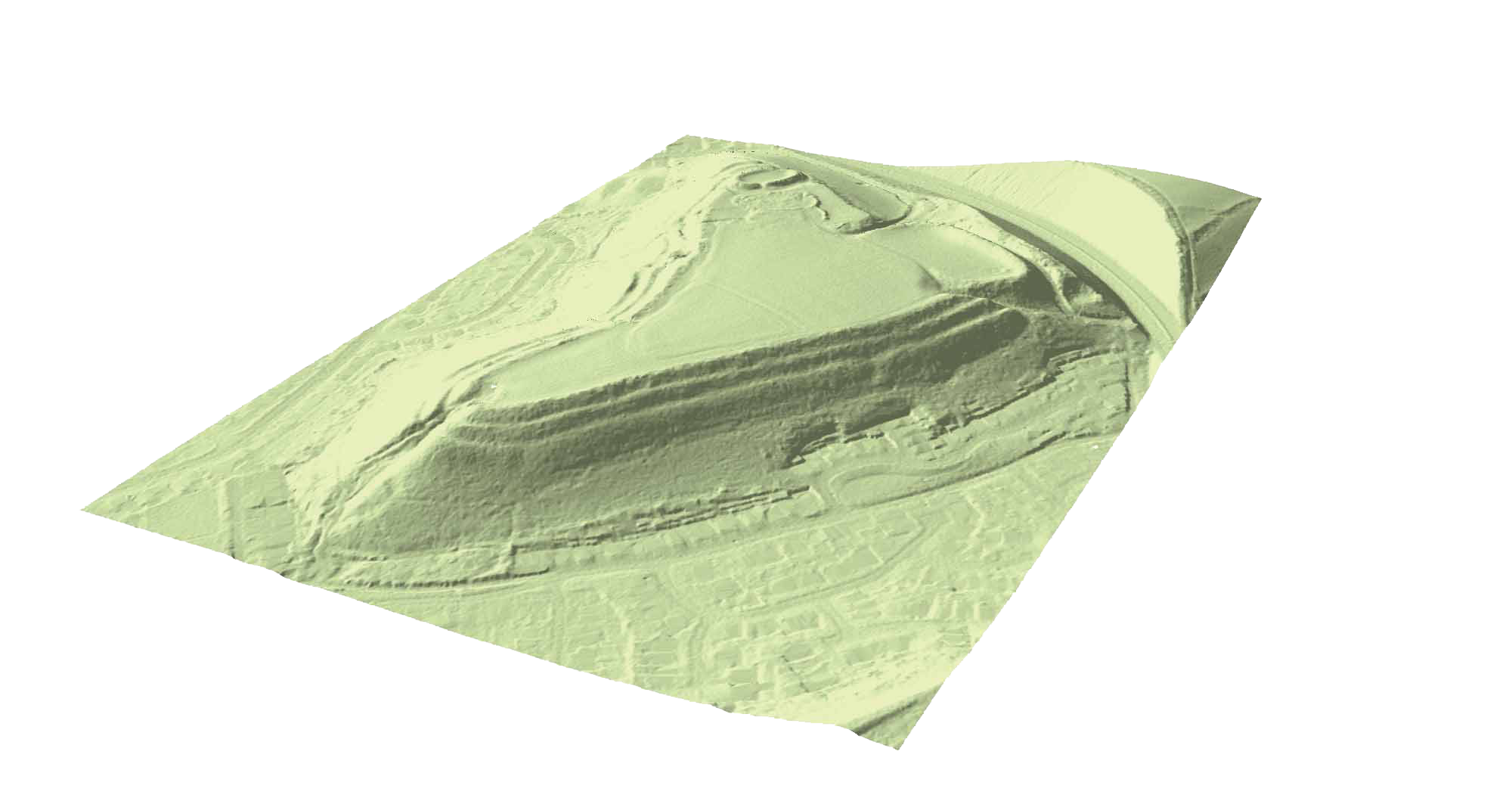
The Neolithic (Stone Age)
The Neolithic (3800-2200 BC) marks the beginning of crop farming and animal domestication in Britain.
Bronze Age
The Bronze Age (2200 BC – 600 BC) represents the period during which people first started to make and use metal.
Iron Age
The Iron Age (600 BC – AD 100) is the era during which iron replaced bronze as the preferred material for tools and weapons.
Roman Period
AD 74 the Romans conquer south Wales and in AD 120 the Ely Roman villa is built where it is now known as Trelai Park.
Medieval
After the Roman legions were withdrawn in AD 410, Britain splintered into a collection of small, competing kingdoms.
